
In the arid desert landscapes of the Arabian Gulf, where oil has long been the region’s economic bedrock, a new narrative is unfolding—one where water’s increasing recognition as a critical and finite resource demands a reckoning. Under the most extreme climate scenario, temperatures in the region, already among the highest in the world and warming faster than elsewhere, could rise by nearly 6°C by the end of the century. Four of the six most water scarce countries in the world are in the Gulf—a phenomenon that is reshaping nearly every sector, from agriculture to energy—pushing leaders to tackle the issue in the face of climate change.
Water stress in the Gulf Cooperation Council (GCC) countries—Bahrain, Kuwait, Oman, Qatar, Saudi Arabia, and the UAE—is mostly driven by low supply. But it has been exacerbated by rapid population growth, which has nearly doubled in 20 years, alongside decades of skyrocketing incomes. Saudi Arabia, for example, which accounts for over 60% of the GCC population, is now the third highest per capita water consumer in the world, behind only the U.S. and Canada.
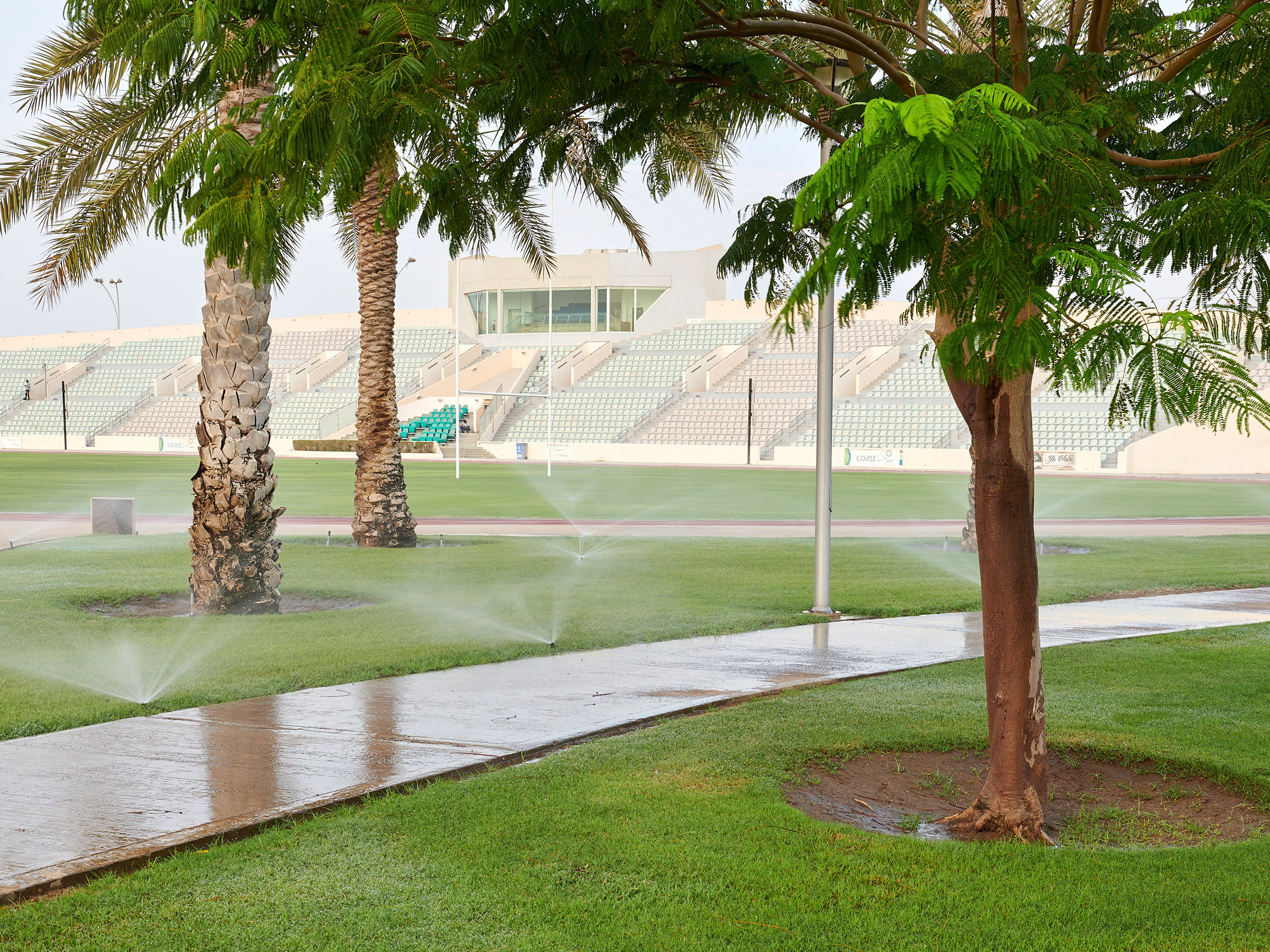
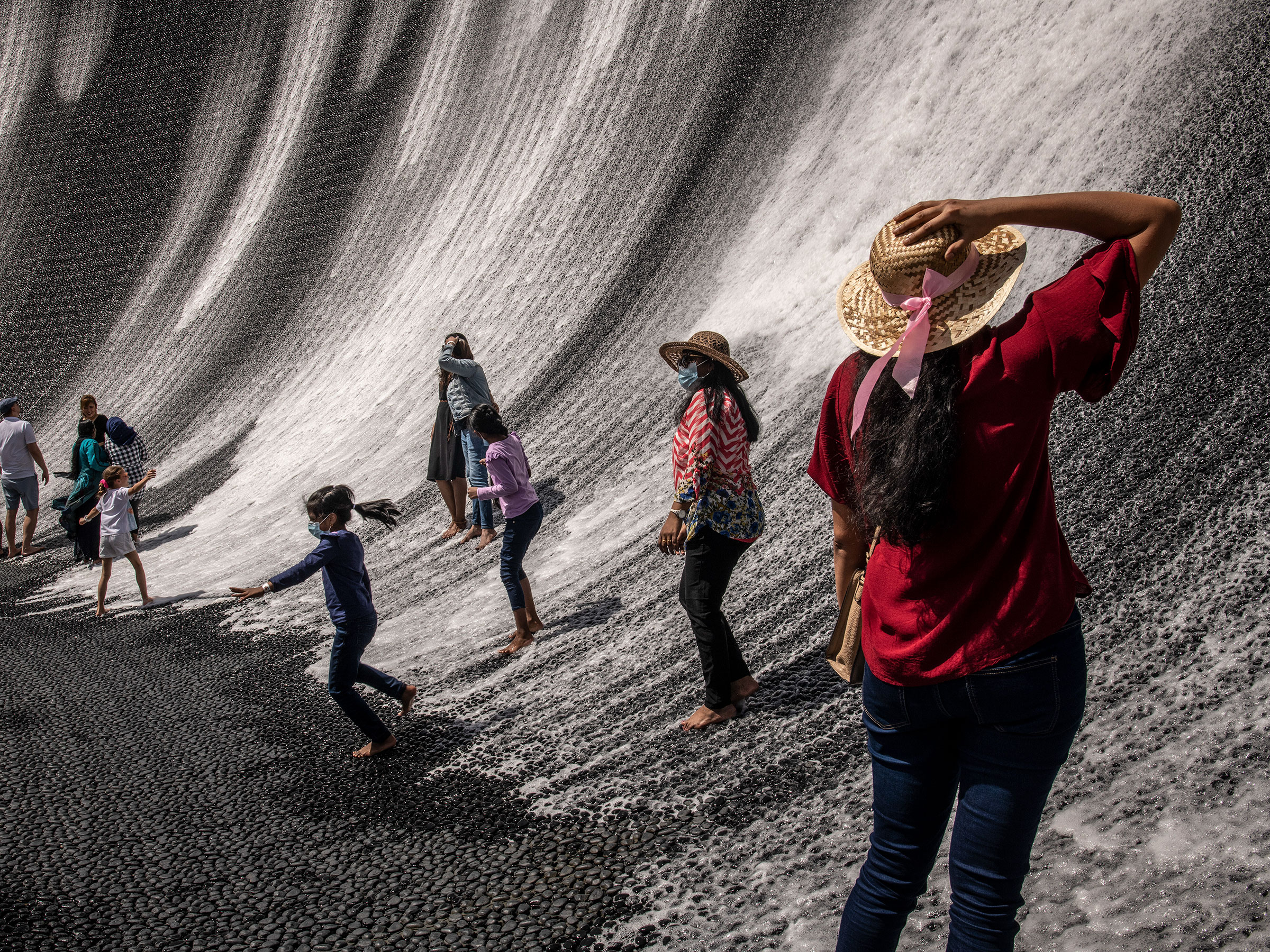
Water scarcity has led the GCC to heavily rely on food imports from countries that are facing their own water and climate uncertainties. An estimated 60% of the world’s irrigated agriculture faces extremely high-water stress, adding another layer of vulnerability. This has motivated many GCC countries to increase national agricultural production. Although arable land in GCC countries is less than 5%, average agricultural water use accounts for 70-80% of the region’s renewable water resources. Agricultural water demand is primarily met through the massive exploitation of groundwater, causing a significant lowering of groundwater levels. (A 2019 study using NASA satellite data revealed the Arabian Peninsula as the most stressed of the world’s 37 largest aquifers.)
In response to these realities, the Gulf is increasingly relying on seawater desalination. The GCC countries now generate about 40% of the world’s desalinated water from over 400 plants. Desalinated water provides some 42% of drinking water in the UAE, 70% in Saudi Arabia, 86% in Oman, and 90% in Kuwait. By 2025, Saudi Arabia aims to achieve a desalination capacity of 8.5 million cubic meters per day, equivalent to meeting the daily water needs of around 34 million households (four times the current number of households in Saudi Arabia). Desalination capacity of this volume requires multi-billion-dollar investments over many years.
More From TIME
But doubling down on desalination is a blessing and a curse. While desalination provides a crucial freshwater supply, the emissions and ecological costs cannot be ignored. By 2050, the worldwide emissions from desalination is expected to reach 0.4 billion tons of CO2 equivalents per year—equal to the carbon footprint of producing over 8 billion barrels of oil. The energy-intensive nature of desalination poses challenges as Gulf nations aim to reduce their greenhouse gas emissions and transition to sustainable energy sources.
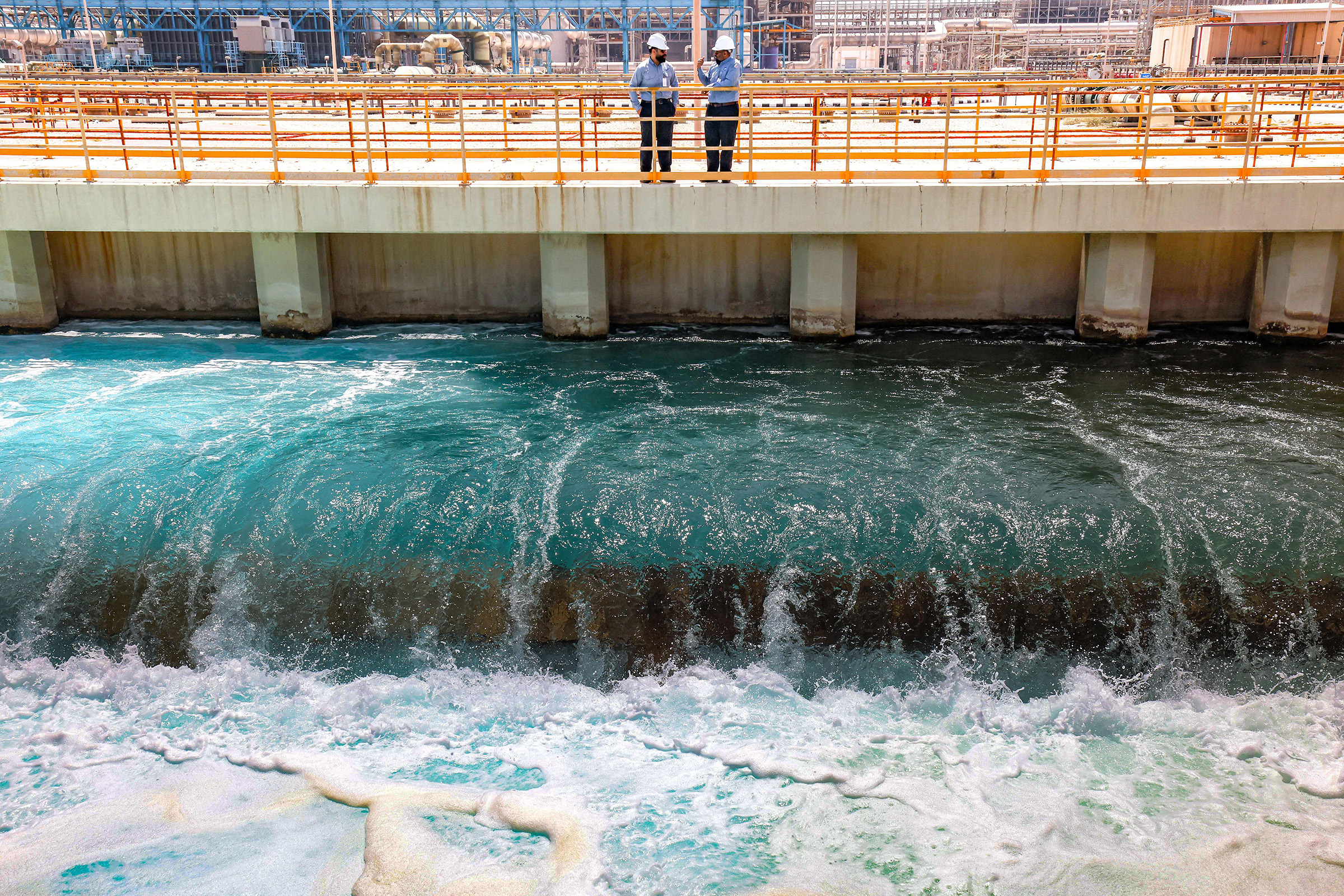
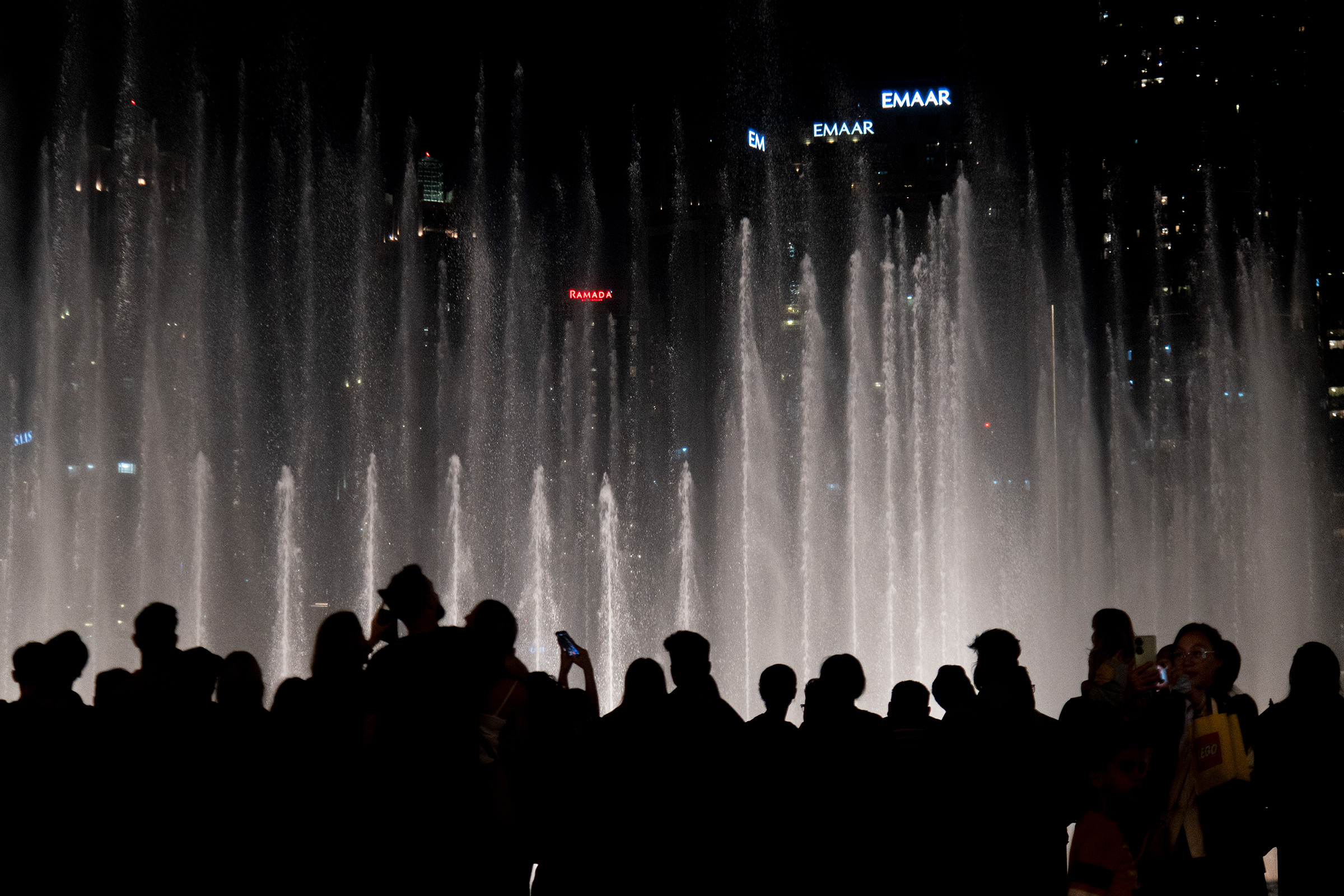
Use of the more energy efficient reverse osmosis membrane-based desalination technologies, rather than the thermal variety using energy from plants, is growing but the region as a whole still relies on the more energy-intensive method. There are some bright spots; membrane desalination accounts for 50% and 60% of capacity in Saudi Arabia and Oman, respectively, and it continues to grow by the day. Saudi Arabia’s planned smart city initiative, NEOM, will rely on water from a reverse osmosis desalination facility entirely powered by renewable energy.
There is also the matter of brine, which is a byproduct of desalination. Every 1 liter (0.26 gallons) of desalinated water requires 1.5 to 2 liters (0.4 to 0.53 gallons) of seawater intake—1 liter will be potable water and the rest will be brine. The brine is then typically dumped back into the sea. It is estimated that around 55% of the world’s brine is produced by Saudi Arabia, the UAE, Kuwait, and Qatar. As a result, the waters of the Gulf are now believed to be 25% saltier than seawater elsewhere. The excess salt decreases oxygen levels in the water, suffocating marine life on the seafloor. More research is needed to better understand the ecological impact of brine.
Desalination also carries geopolitical threats. Changing policies related to energy distribution or fluctuations in the global oil market could impact the operation and management of desalination plants. They are also vulnerable to physical and cyber threats, and if they were to cease running, most GCC countries only have a few days of water reserves. The likelihood of a successful attack is low but the consequences nevertheless catastrophic. For these reasons, there is an increasing recognition of the need for holistic and sustainable water management strategies. The best course of action would focus on four key areas to reduce water security threats.
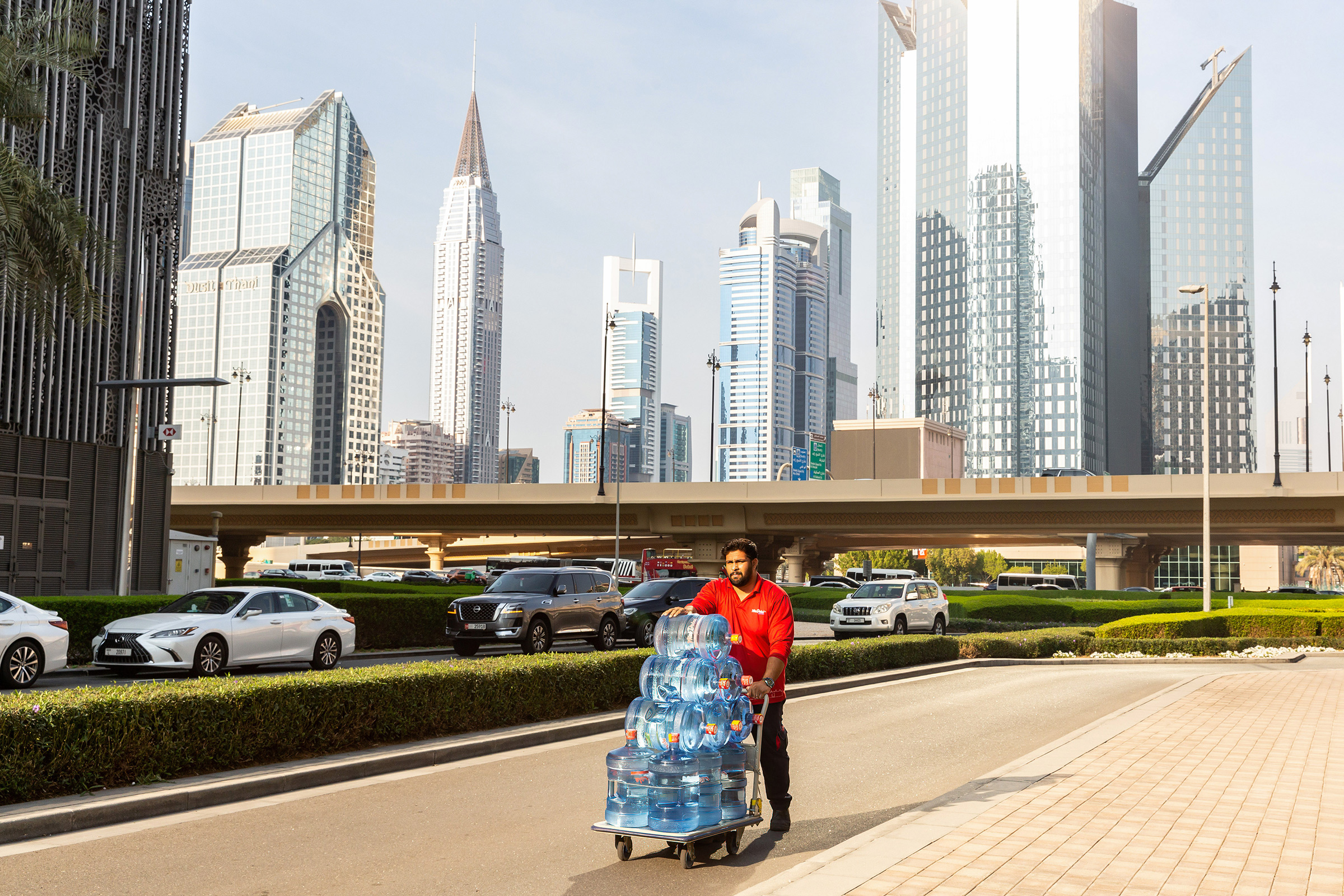
A roadmap to tackle water scarcity
Firstly, that means reducing water demand through smart policies and conservation awareness campaigns. Recalibrating agricultural practices, promoting efficient irrigation methods, fixing excessive leakage in distribution networks, and considering imports for water-intensive crops are essential steps. That also means scrapping water subsidies and even enacting reasonable tariffs. Complementary regulatory measures, such as instituting green building specifications and establishing standards for water-efficient utilities, are also avenues to mitigate demand pressures.
Secondly, increasing and diversifying the water supply. Treated effluent reuse for non-drinking water and groundwater replenishment are significant and untapped opportunities for the region. Currently about 40% of wastewater is being reused in the Gulf; the World Bank estimates that GCC countries could treat and reuse up to 90% of this effluent for agricultural, industrial, and domestic use. Although scarcer and variable, rainwater capture can also effectively replenish groundwater in some GCC countries.
Thirdly, investing in research and development to decarbonize desalination and reduce the environmental costs of brine. Accelerating the commercialization of less energy-intensive desalination facilities powered by renewable energy, increasing the overall efficiency of desalination technologies, and exploring ways to reduce and reuse brine effluent are key parts of that. Research into the social, cultural, religious, and political dimensions of these emerging water resources is also important to promoting their acceptance and adoption. Attitudes toward the reuse of wastewater are especially terse due to religious and cultural norms.
Fourthly, greater collaboration among GCC countries is essential. Collaborative efforts will allow these nations to pool their experiences, best practices, and innovative solutions to address common issues more effectively. Importantly, this would also enable the region to develop solutions that are culturally appropriate and uniquely suited to the Gulf, while also using science and technology as a diplomatic tool.

With a projected 30% population increase in the next decade, the Gulf must take significant steps to secure its water future. The water crisis has the potential to reshape regional priorities, affecting economic stability, political alliances, and social dynamics. But they also present an opportunity for innovation and adaptation. Leadership by GCC countries to decarbonize, diversify, and reduce the demand on their water resources will not only help the region adapt to increasing water security risks, but also provide tools for other arid countries dealing with similar challenges.
EMEA Tribune is not involved in this news article, it is taken from our partners and or from the News Agencies. Copyright and Credit go to the News Agencies, email [email protected] Follow our WhatsApp verified Channel









